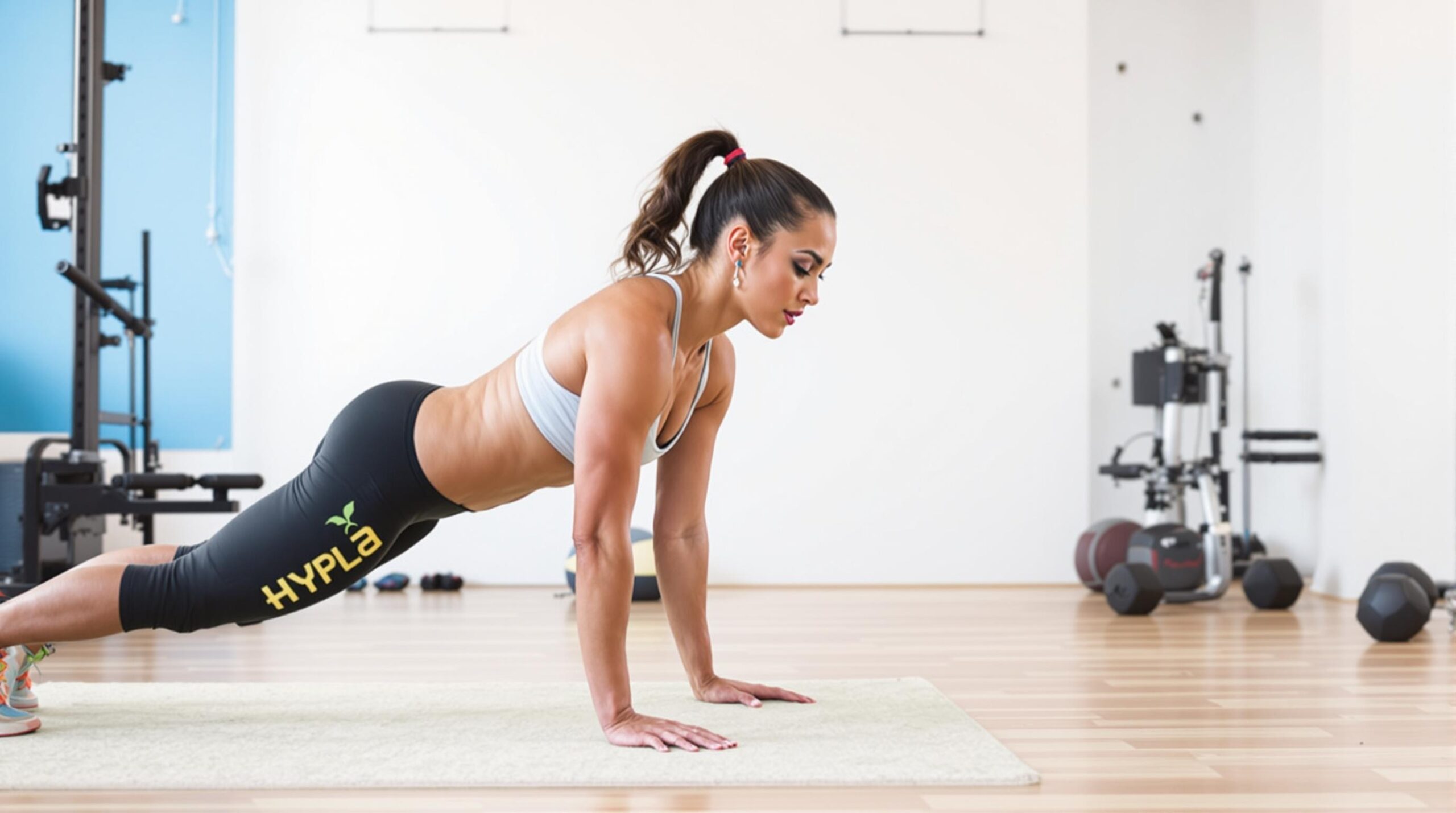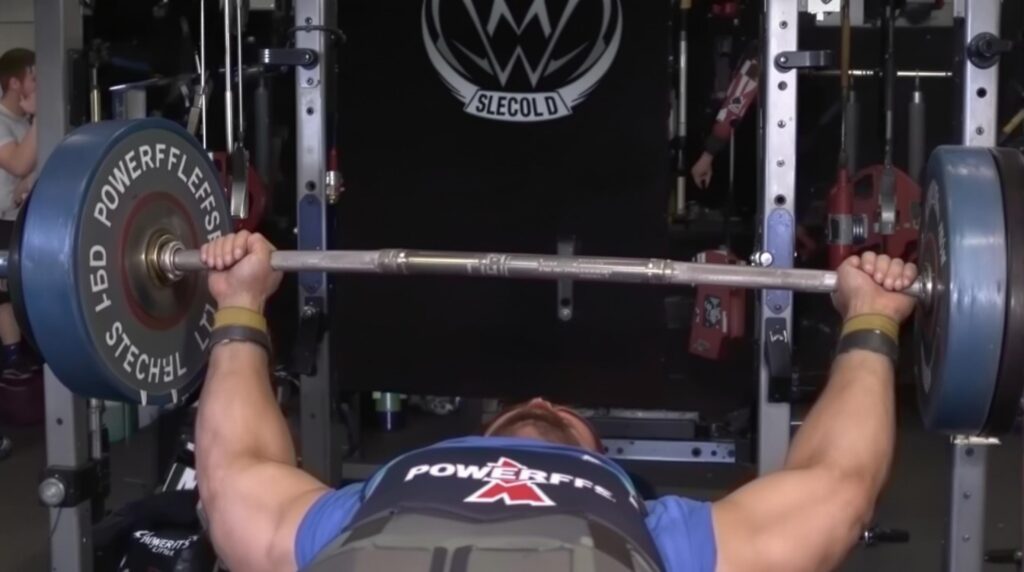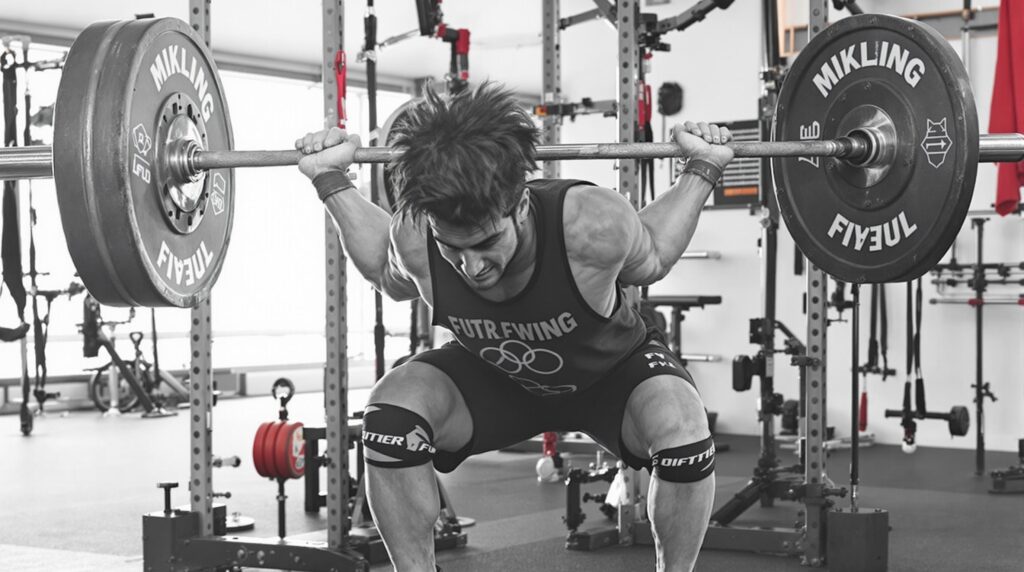The search for a comprehensive workout routine free of charge can often feel overwhelming with countless options available online. Finding scientifically-backed training programs that actually deliver results requires understanding fundamental exercise principles and how to apply them to your specific fitness level and goals.
Key Takeaways:
- Progressive overload is essential for continued improvement, requiring 2-10% increases in weight, reps, or volume weekly
- Beginners should focus on full-body workouts 3-4 times weekly while advanced athletes can train 5-6 days per week
- Compound exercises should comprise 70% of your routine for maximum efficiency and muscle stimulation
- Rest periods vary by goal: 2-3 minutes for strength, 30-90 seconds for muscle growth, and under 30 seconds for endurance
- Free resources including apps, YouTube channels, and printable workout templates can support your fitness journey
Understanding Effective Workout Programming
Creating an effective workout routine free from unnecessary complexity starts with understanding key training principles. Progressive overload forms the foundation of any successful program, requiring gradual increases in training stress to continue seeing improvements. Research shows that increasing weight, repetitions, or total volume by 2-10% weekly creates optimal adaptation without risking injury.
Exercise selection plays a crucial role in program effectiveness. About 70% of your workout should focus on compound movements like squats, deadlifts, bench presses, and rows that engage multiple muscle groups simultaneously. The remaining 30% can include isolation exercises targeting specific muscles for balanced development.
Training frequency varies based on experience level. Beginners benefit from 3-4 weekly sessions, intermediates from 4-5 days, and advanced lifters from 5-6 days of training. Interestingly, studies referenced by Gymshark show that full-body splits performed twice weekly can produce similar muscle growth as 4-day splits when the total weekly volume matches.

Beginner’s Blueprint: Simple Plans to Start Your Fitness Journey
Starting your fitness journey with a structured plan significantly increases your chances of success. For beginners, 3-day full-body workouts lasting 30-45 minutes provide an excellent foundation. A sample beginner workout might include:
- Goblet squats: 3 sets of 8 repetitions
- Incline dumbbell presses: 3 sets of 10 repetitions
- Lat pulldowns: 3 sets of 10 repetitions
- Dumbbell rows: 3 sets of 10 repetitions per side
- Plank: 3 sets of 30-second holds
According to PureGym’s recommendations, beginners should aim for 40 minutes of strength training, followed by 10 minutes of mobility work and 10 minutes of light cardio per session. This balanced approach builds foundational strength while improving cardiovascular health and flexibility.
If you’re working out at home without equipment, Lean With Lilly offers free bodyweight circuits with 30-second rest intervals that require minimal space. Similarly, Kayla Itsines’ 12-week plan combines Pilates, HIIT, and nutrition tracking for a comprehensive approach to fitness that can be done anywhere.
Intermediate Progress: Optimizing Your Training Split
As you advance beyond the beginner stage, splitting your training becomes more beneficial. The upper/lower split is particularly effective, training different body parts on separate days, typically 4 times weekly. This approach allows greater volume and intensity per muscle group while providing adequate recovery.
For hypertrophy (muscle building), aim for 3-4 sets of 8-12 repetitions using 70-80% of your one-rep maximum weight. A sample upper body day might include:
- Bench presses: 4 sets of 8 repetitions
- Overhead presses: 3 sets of 8 repetitions
- Pull-ups or lat pulldowns: 3 sets of 8-10 repetitions
- Cable rows: 3 sets of 10 repetitions
- Bicep curls and tricep extensions: 3 sets of 12 repetitions each
Adding conditioning work twice weekly enhances overall fitness and fat loss. Muscle & Strength’s Tactical Physique program effectively integrates bodyweight circuits (20 push-ups, 10 burpees) with traditional strength training for functional strength development and improved body composition.
As an intermediate, tracking your progress becomes even more important. I recommend documenting workouts in a journal or app to ensure you’re consistently applying progressive overload principles and making steady gains in strength and muscle development.
Advanced Strategies: Breaking Through Plateaus
Advanced trainees often need more sophisticated programming to continue making progress. The Westside Barbell template offers an effective framework, alternating between max-effort days (working up to heavy 1-3 rep sets) and dynamic-effort days (explosive movements at 50-60% of 1RM).
Implementing advanced techniques can reignite progress when plateaus occur:
- Drop sets: Reducing weight after reaching failure to extend the set
- Cluster sets: Breaking a set into mini-sets with brief rest periods
- Isometric holds: Maintaining tension in a fixed position to increase time under tension
- Wave loading: Varying rep schemes to manipulate nervous system fatigue
Hybrid workouts that combine strength and endurance training create unique stimuli for adaptation. For example, performing 5 sets of 5 front squats followed by a 3km run challenges both strength and cardiovascular systems. Hyrox athletes use 4-week peak plans with high-intensity race simulations that follow this hybrid approach.
StrongFirst’s female strength program takes a different approach, incorporating kettlebell-focused training with get-ups, heavy swings, and snatch ladders. This methodology builds remarkable strength and power while maintaining mobility and athletic function.
Recovery & Nutrition: The Foundation of Progress
Even the best workout routine fails without proper recovery strategies. Scheduling deload weeks every 4-6 weeks reduces volume by 40-50%, allowing your body to recover fully while maintaining fitness. During these weeks, maintain intensity but cut sets and reps significantly.
Daily mobility work forms a crucial part of recovery. Spending 10-15 minutes on hip openers, thoracic rotations, and dynamic stretches improves movement quality and reduces injury risk. These mobility sessions can be performed in the morning, before workouts, or as stand-alone recovery sessions.
Nutrition directly impacts recovery and results. Aim for 1.6-2.2g of protein per kilogram of body weight daily and stay hydrated with 3-4 liters of water. Proper nutrition timing—particularly post-workout protein consumption—accelerates recovery and supports muscle growth.
Rest periods during workouts should match your goals: 2 minutes for strength, 45 seconds for fat loss, and 30 seconds for endurance. The 12-week Body Metamorphosis plan from Muscle & Strength strategically alternates power, hypertrophy, and endurance phases to maximize results while preventing overtraining.
Customizing Plans for Your Goals and Lifestyle
The most effective workout routine is one you’ll consistently follow. Adjust training frequency based on your recovery ability and schedule constraints. Some people thrive on 6-day splits, while others make excellent progress training just 3 days weekly with higher intensity.
Tailor exercise selection to available equipment. If you’re training at home with limited gear, focus on bodyweight progressions, resistance bands, and creative alternatives to gym exercises. Many free workout apps offer equipment-specific routines that maximize results with minimal gear.
For multiple fitness goals, strategic programming prevents interference effects. For example, if you want to build strength and improve endurance, separate these training sessions by at least 6 hours, or ideally, schedule them on different days to minimize conflicting adaptations.
Consider workout duration based on your schedule. Effective sessions are possible in 30-60 minutes with proper focus and intensity. Shorter, more frequent workouts often prove more sustainable than lengthy, occasional sessions for busy individuals juggling work and family commitments.
Measuring Progress: Beyond the Scale
Tracking key performance indicators provides objective feedback on your program’s effectiveness. Rather than focusing solely on weight, monitor strength gains, workout volume, and body measurements. Taking monthly progress photos from consistent angles with similar lighting offers visual confirmation of changes that might not register on the scale.
Document your workouts in detail, including:
- Exercises performed with sets, reps, and weights used
- Rest periods and total workout duration
- Energy level and perceived exertion
- Recovery quality between sessions
- Any physical limitations or pain encountered
Technology can enhance progress tracking. Fitness apps and wearables monitor intensity and recovery metrics like heart rate variability and sleep quality. These objective measures help prevent overtraining and optimize workout timing based on your body’s readiness.
Setting milestone goals at 4, 8, and 12-week marks creates accountability and motivation. These goals should be specific and measurable, such as “increase squat by 20 pounds” or “perform 5 consecutive pull-ups” rather than vague targets like “get stronger” or “look better.”
Free Resources to Support Your Journey
Numerous free workout resources can support your fitness journey. Quality YouTube channels demonstrate proper exercise form and provide workout ideas for all equipment setups. Channels like FitnessBlender, Athlean-X, and Natacha Océane offer structured workout plans without requiring payment.
Printable workout templates from Muscle & Strength’s beginner and advanced programs provide structure and progression frameworks. These templates can be modified to fit your equipment access and schedule constraints while maintaining effective training principles.
PureGym’s workout planning tools and exercise libraries help create customized routines based on your goals and preferences. Their free resources include exercise tutorials and program templates for various fitness levels, from complete beginners to advanced trainees.
Online fitness communities offer accountability and support throughout your journey. Reddit communities like r/fitness and r/bodyweightfitness provide form checks, program advice, and motivation from fellow fitness enthusiasts. Social media groups dedicated to specific training styles create supportive environments for sharing progress and challenges.
Finding your perfect workout routine free of charge is entirely possible with these resources and principles. By focusing on consistent application of progressive overload, appropriate exercise selection, and recovery strategies, you can transform your physique regardless of your starting point or available equipment.



